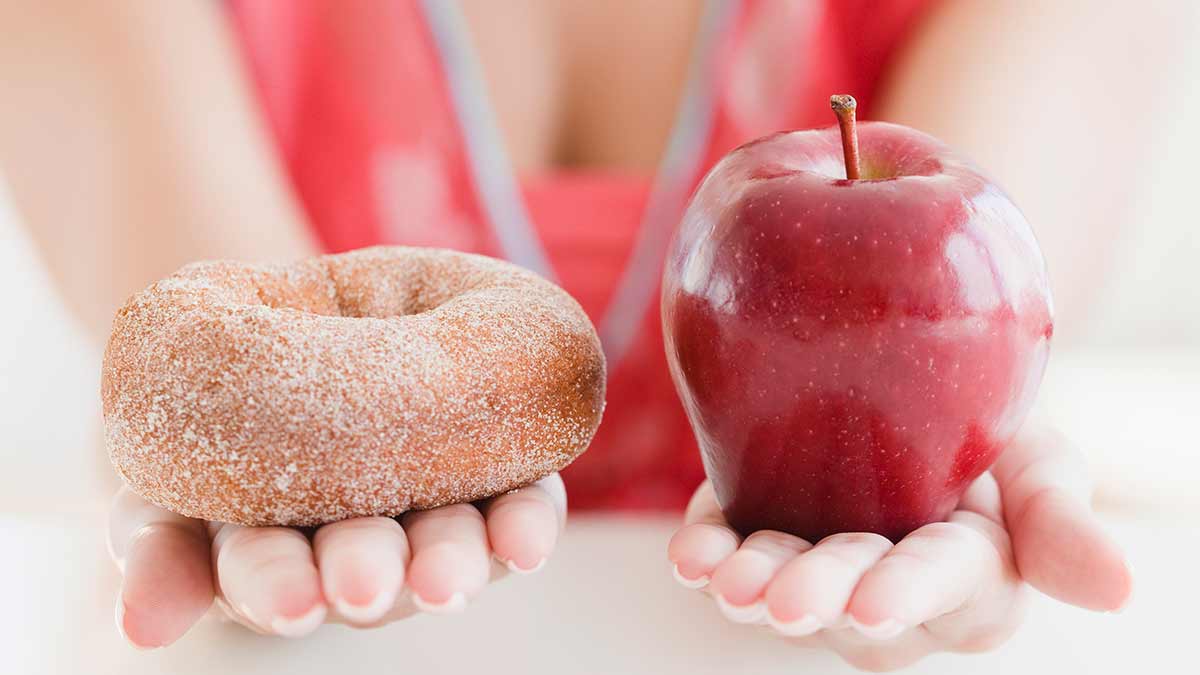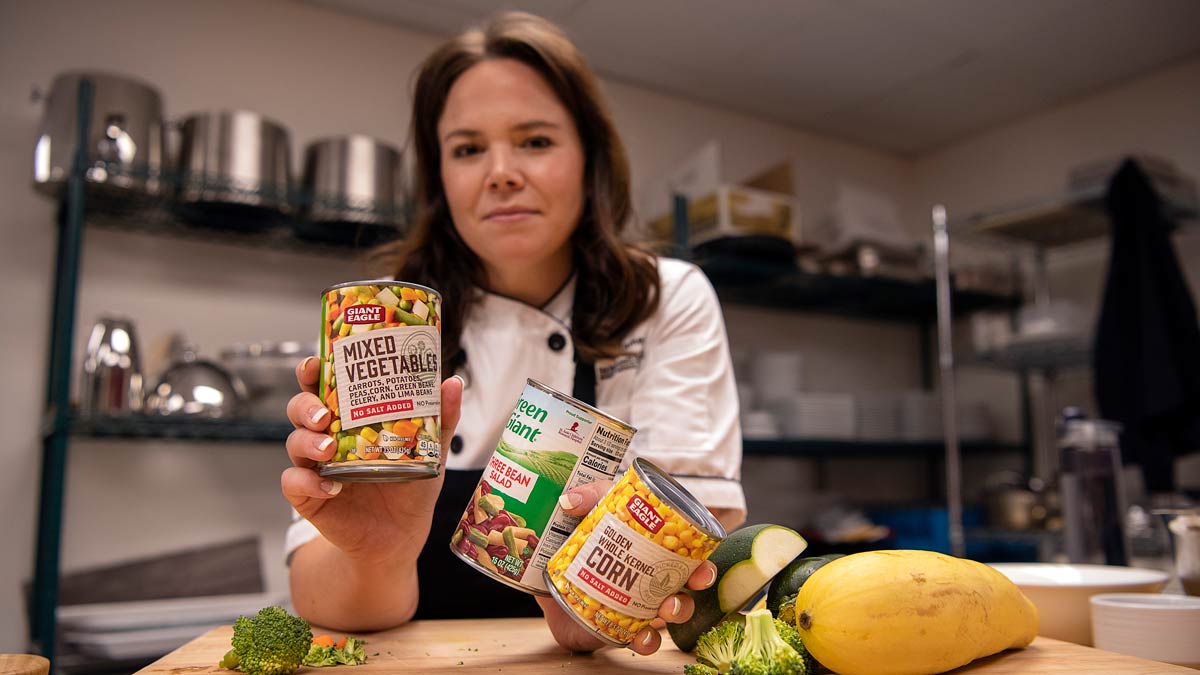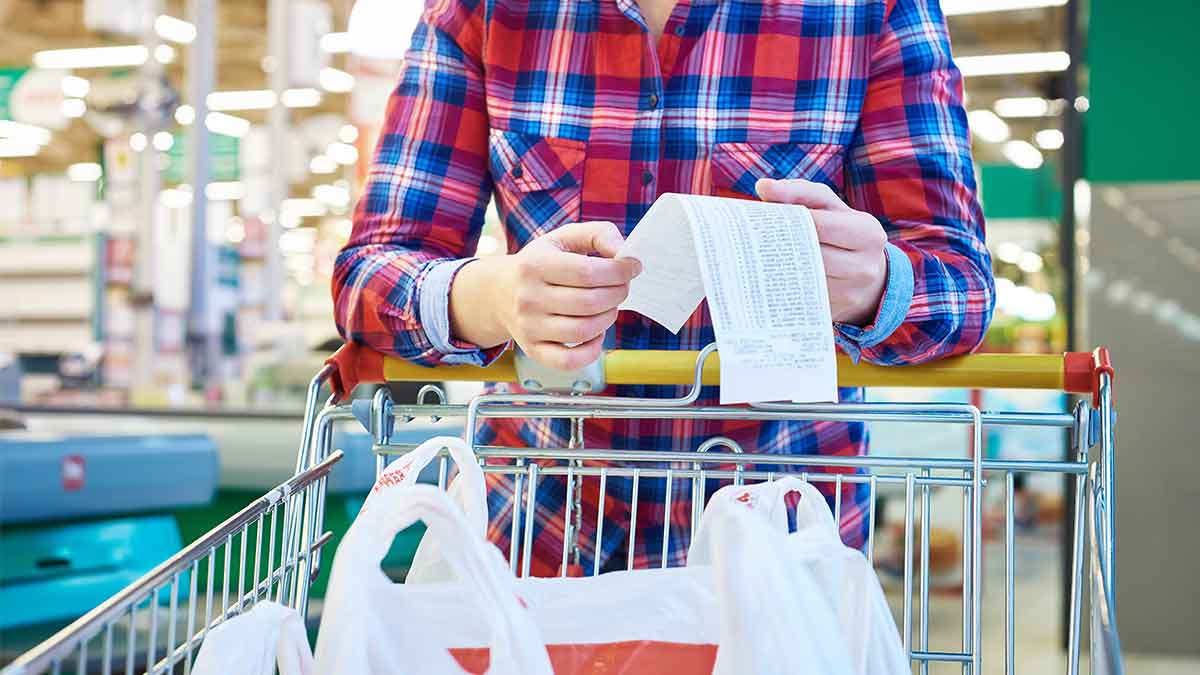Do you practice mindful eating or are you guilty of mindless eating?

Was your last sit-down meal or snack behind the wheel of a car instead of at a table? Do you lose track of time and munch away while surfing the Internet or watching TV?
These mindless eating habits can make it difficult to enjoy a healthy lifestyle. So how can you turn mindless eating into mindful eating?We turned to Lori Chong, RDN, LD, a registered dietitian with Ohio State Wexner Medical Center, for tips on how to put the spotlight on your food and avoid distractions that can lead to unhealthy eating.
First, are you really hungry?
Before you grab something to eat, consider your scale of hunger. If you’re famished or stuffed, then the decision whether to eat should be pretty clear. But if you’re only slightly hungry or undecided, you’re now in what Chong calls the “mindful eating zone.”Are you an emotional eater?
Emotions can play a big role in your eating habits. If you’re upset, chances are you’re gravitating toward something sugary or salty, which can burn off quickly and leave you craving more. Try finding ways to deal with stress, sadness or boredom that don’t center on food, such as walking or exercising, drinking a cup of tea, reading or listening to music.Here are some of the more common emotional hunger traits:
- Sudden and urgent desire to eat
- Wanting a specific food
- Auto-pilot eating and eating past full
- Feelings of guilt after eating
Savor – don’t inhale – your food
The next time you eat, picture a spotlight on your food, blocking out all distractions. “Recognize when your mind is wandering and bring it back. Stop eating when you’re satisfied instead of when you feel full,” says Chong.
Take at least 20 minutes to eat your meal and wait that long before getting seconds – chances are your body will no longer be hungry.
Use the STOP method to slow down and focus on your eating style:
- Select – select your bite using your eyes and nose (as opposed to aimlessly stabbing with your fork).
- Taste – take time to notice the taste, texture and temperature of the bite of food.
- Observe – how does chewing food sound? How do the taste and texture change as you continue eating?
- Pause – pause before your next bite. Consider putting the utensil down between bites.
Don’t clean your plate
Portions today can be huge – do you really need to eat everything on your plate as you were told as a kid? What’s the best place for extra food: in your stomach or in the fridge? Practice leaving some food on your plate or put it in a container, even if it’s just a little bit. Not only will you be consuming fewer calories in a sitting, but you now have lunch for tomorrow!
You are what you eat
When it comes to your meals, make every bite count. It’s always good to fill up on fiber (makes you feel full longer), veggies and protein. But what if you’re just not in the mood for a salad or vegetable? Find ways to make them taste better, like adding cheese or nuts to a salad, roasting vegetables to bring out the flavor, adding flavor through spices or finding/making a healthier version of sweet treats.“Food is love. Do you love your food and does the food you eat love you back?” asks Chong.




